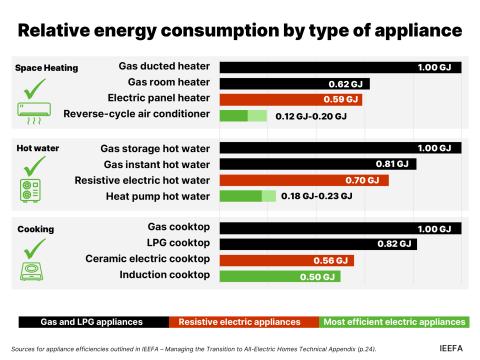Credit rating agency evolution on climate change risk and fossil fuel financial viability

Key Takeaways:
Major credit rating agencies are creating more stringent standards for climate risk.
The oil and gas, utility and banking sectors are being scrutinized more closely by credit rating agencies.
Projects that were once considered “credit-positive” are being examined more closely.
Although new monitoring tools address overall climate risk, they have particular importance for the fossil fuels sector.
The three major credit rating agencies have entered a new phase of climate accountability with more stringent credit standards, according to the latest Institute for Energy Economics and Financial Analysis (IEEFA) report.
The report, A Matter of Opinion, notes that the tough new standards are a challenge to heavily carbon-exposed sectors like the oil and gas, utility and banking sectors. Given the weak financial position of the oil and gas sector in particular, many companies are ill-equipped to meet the new creditworthiness standards. Still, other companies and industries give reason for optimism.
The report highlights actions by the three credit agencies:
-
- Moody’s has produced a net-zero assessment—a sector-by-sector, economy-wide risk assessment.
- Fitch Ratings has created a climate valuation system that tracks the credit worthiness of corporate sustainability actions.
- Standard and Poor’s (S&P) is building out its energy transition assessment with a substantial industry-wide petrochemical warning.
Climate change is now its own risk category for credit rating agencies because of regulatory, legal, economic, financial, political and social changes that affect short- and long-term corporate bottom lines. At one time, the credit rating agencies considered fossil fuels to be “credit positive.” Now, the three major credit rating agencies are issuing clear, specific warnings about the financial risks of fossil fuels. The report charts the evolution.
“Credit agencies are issuing an overdue powerful warning about climate change along with a reliable tool to measure progress,” said Tom Sanzillo, IEEFA director of financial analysis and author of the report. “While the agencies were criticized for failing to take action ahead of the mortgage crisis, they are rightly elevating climate risk. Investors need to listen. Each credit agency with new paradigms makes clear that the new standards are not designed to change the current system of letter grades, but the underlying basis of credit opinions is entering a new, more urgent phase.”
The report charts credit rating agency changes on climate-related risks. IEEFA ties the change in the eroding fortunes of fossil fuel companies and the changes to the economic growth calculus that has served the world for decades.
The report finds:
- The credit rating agencies’ new monitoring tools - though economy-wide in scope - have particular implications for the energy sector. The best new climate initiatives at Moody’s and Fitch have broadened their scope to the wider economy using a sector-by-sector, company-by-company approach. Some credit agencies have moved faster than others, although all have made meaningful contributions to the discussion of the type and quality of risks created by climate change.
- After almost 30 years of debate on climate, the credit agencies are now focused on whether climate promises made by companies are being matched by meaningful financial actions. New credit agency climate analyses are being issued based on objective, measurable standards backed by data and information.
- Despite these changes in methodology, the credit agencies center their questions on fundamental, traditional criteria. Can an asset or enterprise generate sufficient revenue to carry the debt load it creates?
These factors—financial fundamentals and newly identified risks—have increased the business challenges faced by heavily exposed fossil fuel industries. The once-powerful and attractive energy industry is now struggling to provide credible plans that are backed by actual climate solutions.
“The oil and gas industry has been failing for decades,” said Sanzillo. “The ramifications are economy-wide. These new paradigms offer a climate lens that goes beyond traditional credit opinions and provides highly relevant data and information for equities researchers, institutional fund managers across all asset classes, financial advisors, policy makers, sovereign wealth, pension and other institutional fund fiduciaries, government issuers and policy makers. The credit agencies are offering a tool that goes beyond the many private voluntary attempts to establish better disclosure on climate change. Moody’s, for example, rates $73 trillion in debt. Its analyses are weighty and backed by these new deliberative tools should pack a punch going forward.”
The paper looks forward to a new chapter in how company and industry promises—and more importantly how their actions—will move the world toward a safer course on climate change. The report also charts the evolution of many community and professional efforts to increase awareness on climate change.













